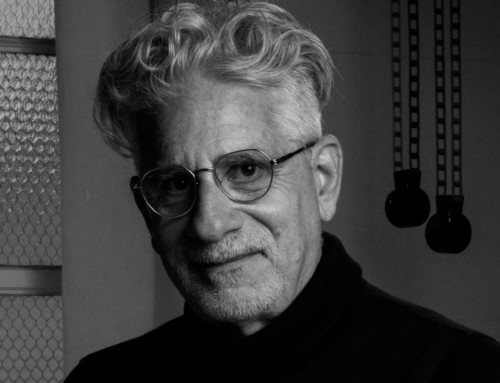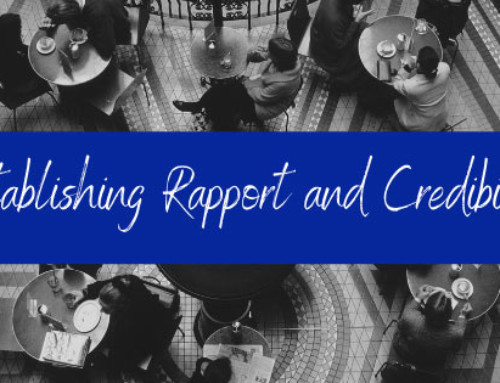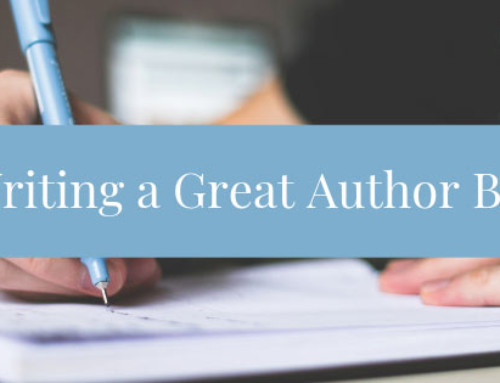When writing fiction, oftentimes the middle is where most writers hit a wall and do one of two things: they quit or they keep going. The middle, however, is no place to give up. Instead, it’s time to hone in on what you can do to make the middle zone the best it can be.
Every story is made up of three parts: a beginning, middle, and end. The beginning will always be the easiest part to write. Like your story, you are full of momentum and excitement and the beginning can thrive off those two motivations alone. The same goes for the end—your characters are desperate to reach their conclusions and all you have to do is capture it on paper.
The middle of your book, however, is twice as long as the beginning or end and is where all writers naturally lose their momentum. If you’re a pantser, the middle zone is the time to commit to outlining. If you’re a plotter, now is the time to re-examine your outline. An outline isn’t enough though. The middle of your story is the time to:
Create subplots.
No piece of fiction can be built on one plot alone; subplots are what help carry your story and characters through the middle of your book. Utilize your minor characters to weave smaller plot lines into your overall story or create a second plot line for the protagonist—either way, it’s time to put everyone to work to keep your story moving.
Focus on minor characters.
The middle is a great place to lean heavier on your supporting cast. Who is working for or against the protagonist? Are there sides to choose? Start having characters draw lines in the sand. The middle is also a good place to introduce new minor players. While you don’t want to bring in a character who does nothing to move the plot along, new characters can stir up drama.
Shake up a relationship.
Do all signs point toward your protagonist finding true love with a certain someone? Steer them away from each other or break them up. It’s fiction, you can do that. You can also resolve to bring them together later if that’s the end goal or maybe this particular relationship needs to end for the protagonist to find him or herself in love with someone else.
Escalate conflict.
Build up to the climax of your story by escalating conflict and drama. A story arc should feel a bit like a rollercoaster for readers, smaller dips and curves that lead up to a huge loop or drop before straightening back out. The middle of your story needs those smaller dips and curves that keep characters and readers guessing.
Find your protagonist’s point of no return.
Your main character must find his or her threshold where there is no turning back. This point of no return must take place somewhere in the middle of your plot; it will serve as the catalyst for climax and conclusion.
Raise uncertainty.
No part of a fiction book is certain until the end. Feel free to raise uncertainty in your readers’ minds throughout the middle.
Remember the power of three.
Just as a story has three parts, you can also introduce story elements in threes as well. Your protagonist could go on three job interviews, have three dates, or have the same dream three nights in a row—however you choose to use the power of three in your story just make sure it serves an overall purpose in your story arc.
We’re curious, how do you push through writing in the middle of your book? Comment below with your best tips and tricks!
Discover more from Mill City Press
Subscribe to get the latest posts sent to your email.














Leave A Comment